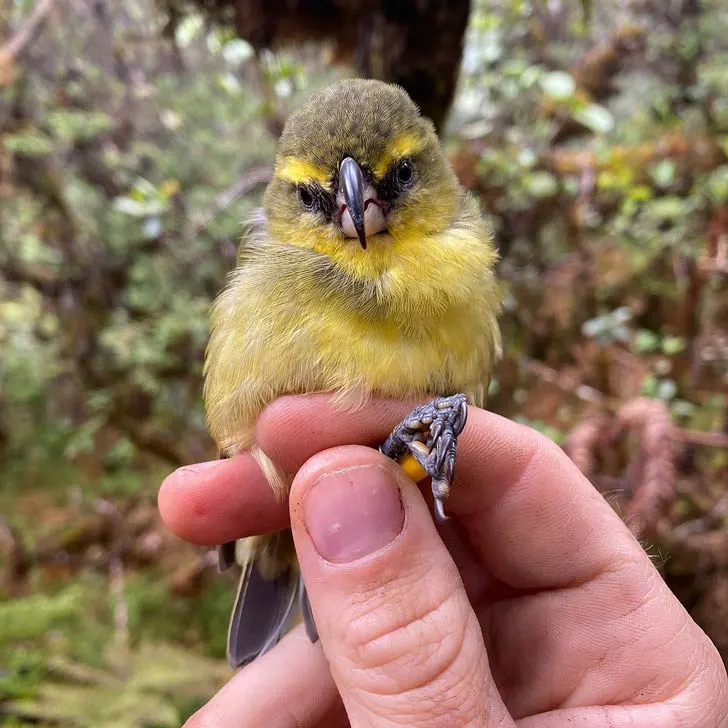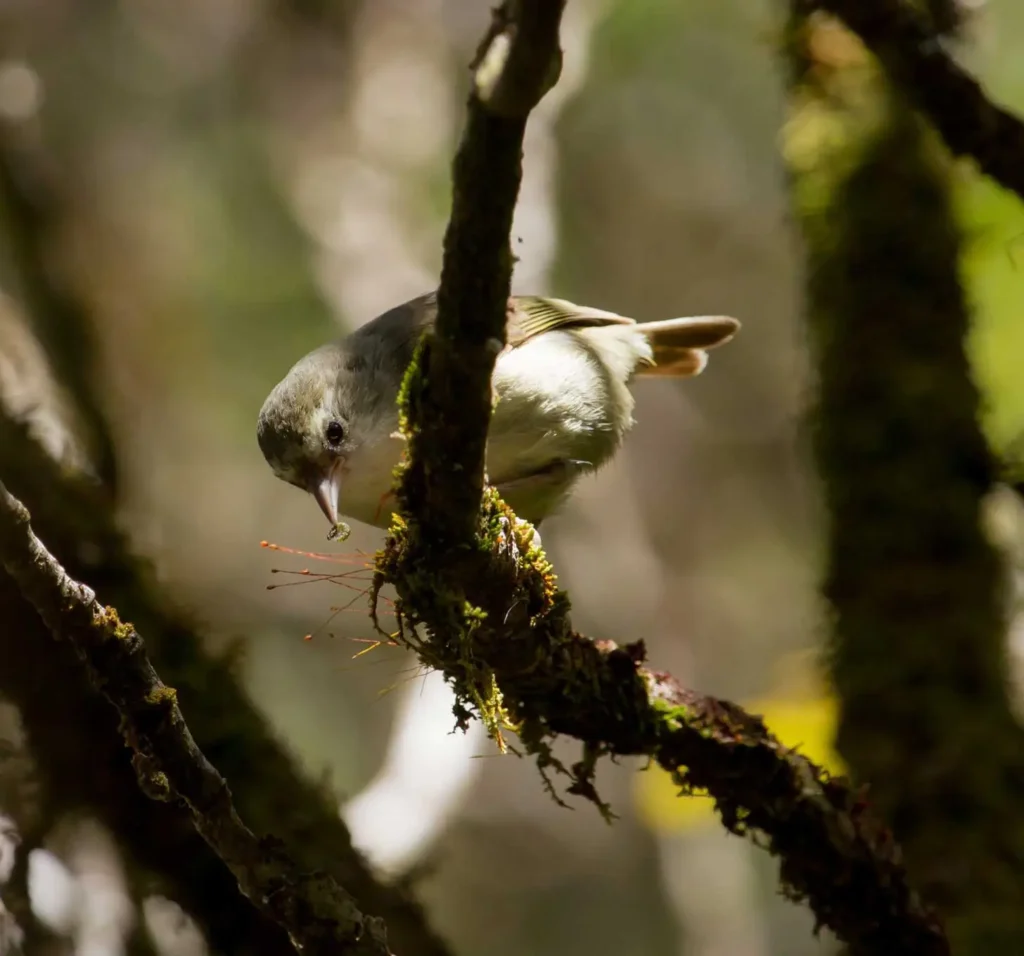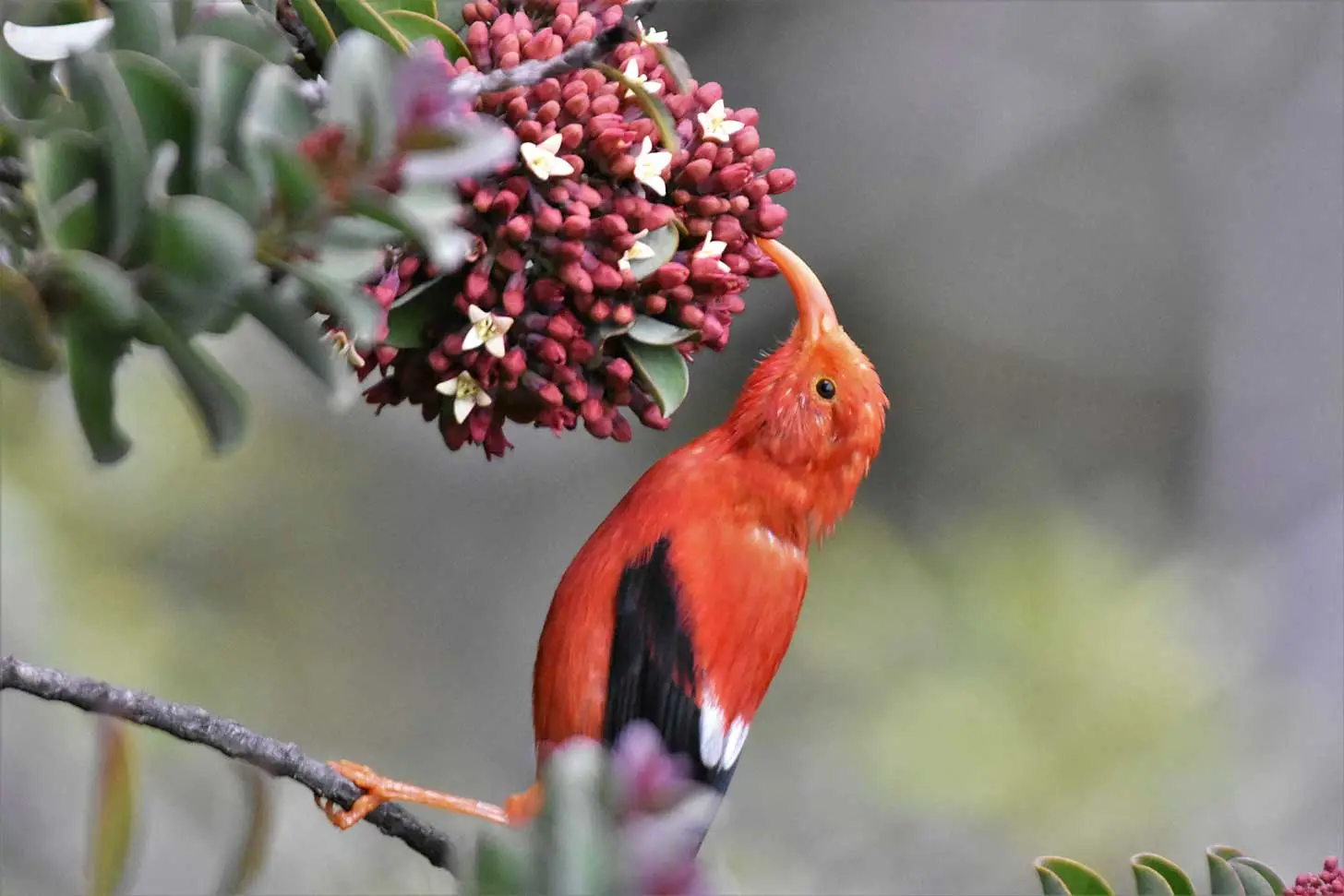In the lush expanse of Haleakalā National Park in Hawaii, vibrant honeycreepers flutter among the trees—birds found nowhere else on Earth. These feathered marvels are essential to the island’s ecosystem, pollinating native plants, consuming insects, and maintaining forests that filter rainwater for countless communities.
Yet, these precious birds face a dire threat. Human activities and the encroachment of non-native mosquitoes spreading avian malaria have pushed their populations to the brink. Historically, over 50 honeycreeper species graced the Hawaiian Islands; today, only 17 remain, with six species residing in Haleakalā.
As the mosquitoes invade even higher elevations due to rising temperatures, the refuge these birds once relied on has become unreliable. To combat this crisis, immediate and innovative action is essential.
Last fall, a $13.2 million initiative launched by the National Parks Service, Pacific Island Network, the state of Hawaii, and nonprofits like the Maui Forest Bird Recovery Project began tackling the avian malaria threat. The strategy involves releasing hundreds of thousands of mosquitoes equipped with a unique twist.
The initiative employs the Wolbachia Incompatible Insect Technique (IIT), which prevents mosquitoes from reproducing. This method leverages Wolbachia, a naturally occurring bacterium in most insects, to ensure that mosquitoes carrying different strains of Wolbachia produce non-viable offspring. Rather than genetically altering mosquitoes, this technique uses a natural process to reduce their population and thus the spread of avian malaria.
“This method uses a natural approach to safeguard forest birds without harming the environment or other species,” explains an NPS article.
Though similar mosquito control methods have been employed globally for human health, applying them for conservation in national parks represents new ground. In Maui, a helicopter drops 250,000 to 500,000 male mosquitoes every week, who will mate with wild females to produce infertile eggs. These releases, carried out twice a week, involve capsules that resemble large, biodegradable Keurig pods filled with mosquitoes.

The project requires meticulous technical and regulatory efforts, reflecting a decade of preparation. Despite opposition from some environmental groups concerned about potential impacts, a judge has upheld the program.
“We’re in an extinction crisis,” says Chris Warren, forest bird program coordinator at Haleakalā National Park. “The only greater tragedy than losing these species would be losing them without making a concerted effort to save them.”

The urgency is evident: fewer than 200 kiwikiu remain, down from about 500. Maui’s akikiki bird has dwindled from 450 individuals in 2018 to just five in 2023, with only one known wild akikiki in 2024, though a small captive population exists. Avian malaria causes a 95% mortality rate within days of infection.
“We feel the pressure,” Warren adds. “We’re not rushing; we’ve conducted necessary small-scale studies and are now implementing our strategy while learning and adapting.”
Before the IIT mosquito method, conservationists focused on protecting key habitats. However, the relentless mosquito threat necessitated a more unconventional approach. “We realized we couldn’t escape the mosquitoes,” says Christa Seidl of the Maui Bird Recovery Project. “If we do nothing, we risk losing many native species.”
While the techniques are unorthodox and the work challenging, a glimmer of hope shines through. If successful, this initiative could pave the way for similar efforts in other vital habitats, like Hawaii Volcanoes National Park.
“This model demonstrates how the NPS can use innovative techniques to address invasive species and health concerns in parks,” states the parks service. “By reducing the mosquito population, we give our forest birds a chance to thrive once more.”
